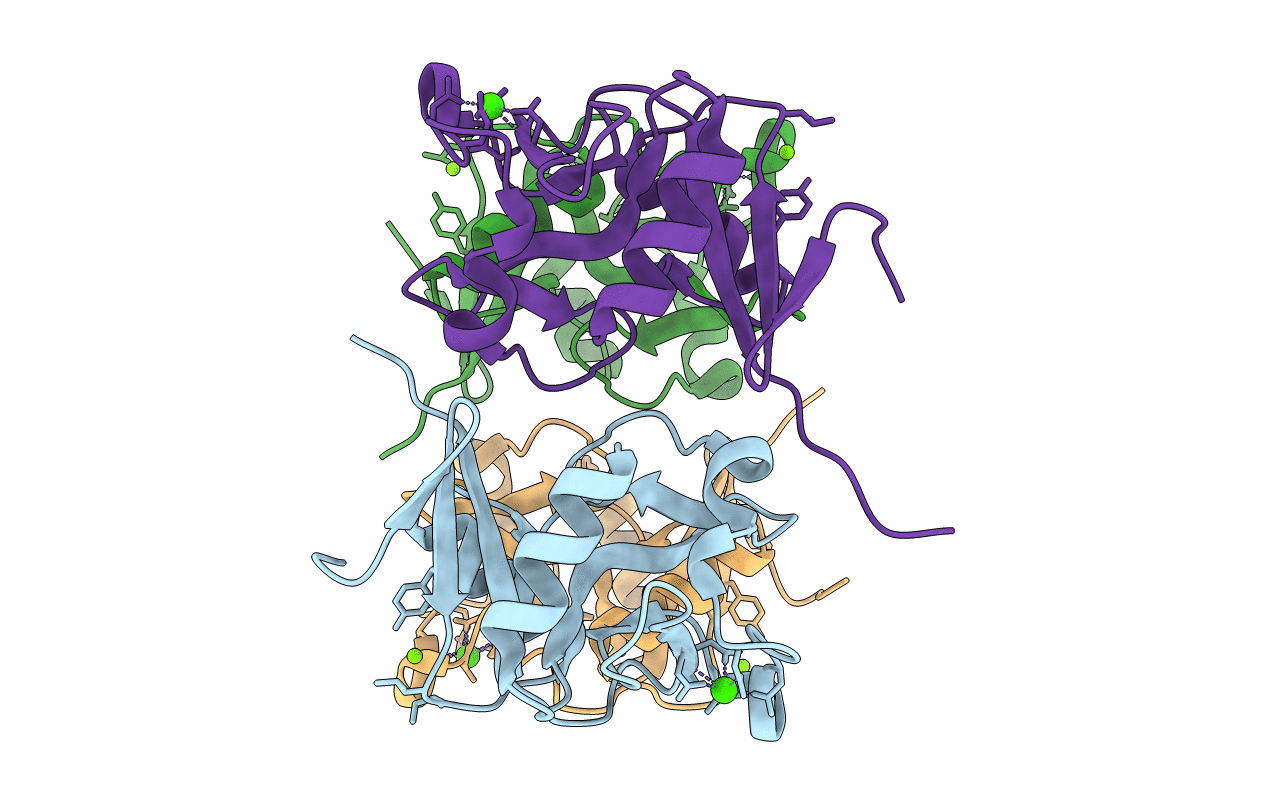
Deposition Date
2008-01-24
Release Date
2009-01-27
Last Version Date
2024-11-13
Entry Detail
PDB ID:
3C22
Keywords:
Title:
Crystal structure of the carbohydrate recognition domain of human Langerin
Biological Source:
Source Organism:
Homo sapiens (Taxon ID: 9606)
Host Organism:
Method Details:
Experimental Method:
Resolution:
1.50 Å
R-Value Free:
0.23
R-Value Work:
0.18
R-Value Observed:
0.19
Space Group:
P 42


